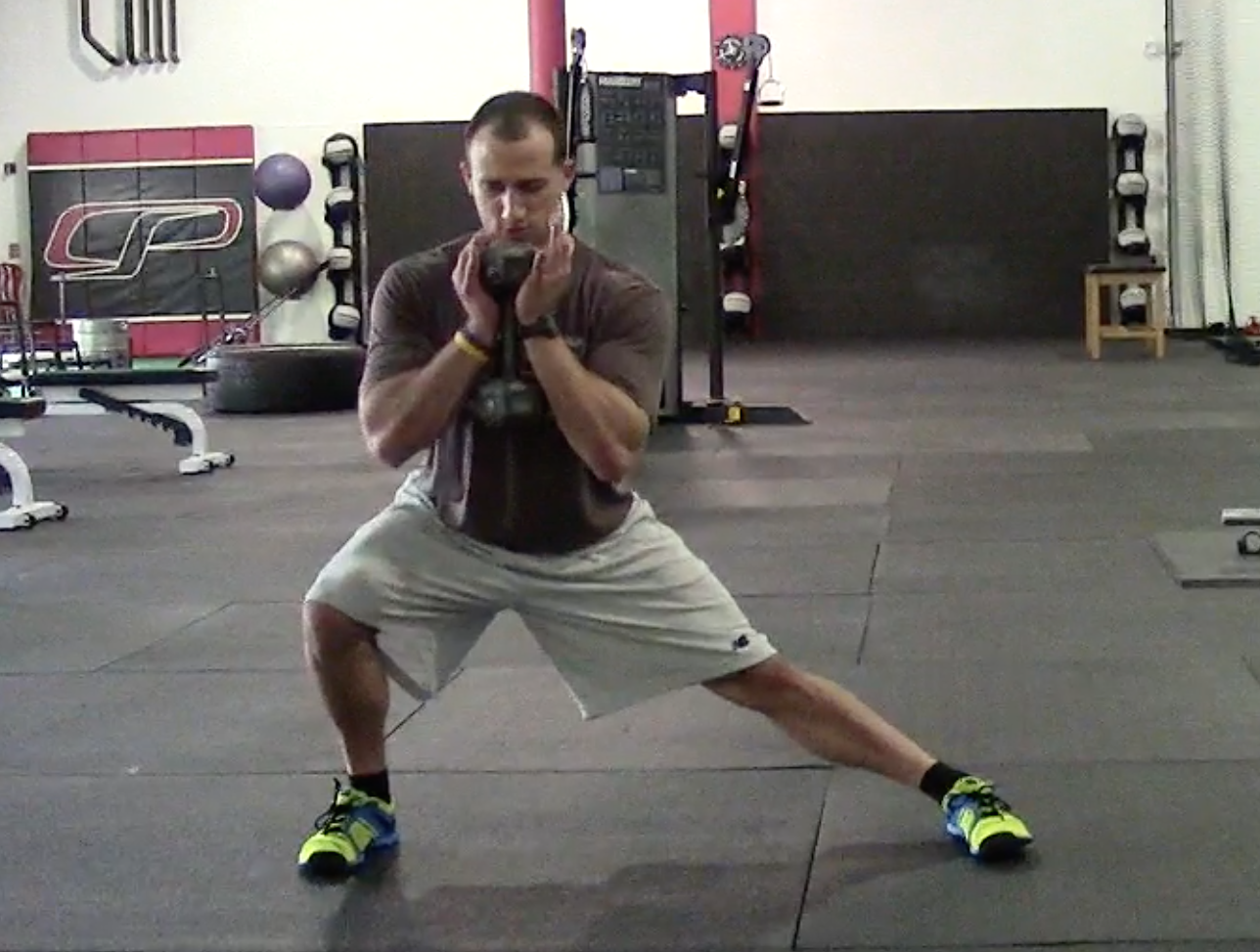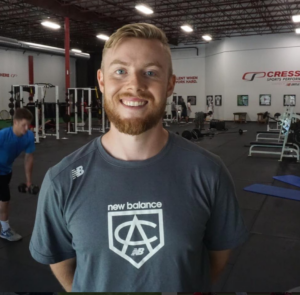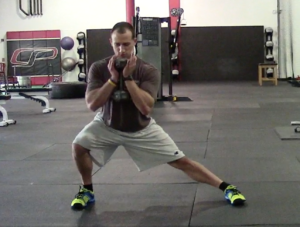
Strength and Conditioning Programs: When Precision Tops Effort
Today’s guest post comes from Cressey Sports Performance Director of Performance, John O’Neil.
Openly communicating expectations on an exercise-by-exercise level as a coach can go a long way in ensuring the outcome of the chosen program is as intended. A typical new client we see will give near maximal effort on every exercise, not understanding that heavier does not equal better and there’s a problem if something that’s meant to be lower intensity becomes a straining exercise. Too often I see random exercises done with an inappropriate amount of weight because the client doesn’t understand that harder isn’t better; smarter is better. While you want to pile plates on for some lifts, with others, the load is less important than the execution. The important thing is that the athlete/client understands your intentions as the person who wrote the program – and that communication is a two-way street.
In our model at Cressey Sports Performance, we will typically pair something that is meant to be heavier with something that is meant to be lighter. Only a few exercise will meant to be loaded heavily, and in the rest, precision of technique is the focus. A sample lower body day for a pitcher might be:
A1) Trap Bar Deadlift: 4×5
A2) Alternating Prone Trap Raise on Stability Ball: 3×8/side
B1) Double KB Reverse Lunges: 3×8/side
B2) Supine 90/90 External Rotation Holds: 3x(2×6)
C1) KB Goblet Lateral Lunges: 3×8/side
C2) Side Bridges: 3×5 breaths/side
D1) Split-Stance Rhythmic Stabilization, 3 positions: 3×5-5-5sec
D2) Core-Engaged Dead Bugs: 3×5/side
When we look at a day like this, we need to have knowledge of the difference between central and peripheral stress. The above day has 1 central stressor, 1-2 loadable peripheral stressors, and 5-6 exercises that are never meant to crush someone (lateral lunges are the in-between, depending on the person). Most effective training days will only have 1-3 central stressors, and the rest will be peripheral.
Think of these like main lifts vs. accessory lifts. This is not to demean the accessory lifts, as they are necessary to our programming and we will use them to assure local muscular hypertrophy, sports-specific positional stability, and general health. Exercises that affect the central nervous system will include your big bang-for-your-buck lifts like squats, deadlifts, and presses. These are the ones in the weight room that we can load up and effectively train in rep schemes of five and below.
To monitor the success of this sample day, the trap bar deadlift should be done at a high RPE (ratings of perceived exertion). This might be through a 1-10 number scale. Ask the client how many more reps they could have done and if they say 1, it was a 9. If they say 2, it was 8, and so on.
To keep this easier in a semi-private training model with many young clients drastically misinterpreting a number scale, I simply tell the person something like “this should be very hard, but never feel impossible.” If you have experience coaching, you can typically tell when someone’s technique is about to break down if they attempted another rep.
[bctt tweet=”If you safely strain to just below technical failure, you chose a good weight for a main lift.”]
Peripheral stressors are the exercises that you should really never come close to missing. Even if someone is extremely strong at an 8-rep reverse lunge, rep 8 shouldn’t be a grinder and rep 9 should always be possible. With clients, I like to communicate that exact idea: precision of the movement and owning the technique at a moderately challenging level will go a lot further than being sloppy and adding more weight.
This is not to say these are easy exercises, though. In fact, the peripheral stressors are often the exercises that will make you sore as they attack more localized areas and are done in rep schemes (8-12) that are more congruent with hypertrophy. The problem with not communicating the appropriate weights on these exercises is they will potentially take away from the benefits the main exercises (central stressors) will provide. Train your main exercises to a point of safely straining, and train your accessory lifts with mental intent and precision.
About the Author
John O’Neil (@ONeilStrength) is Director of Performance at Cressey Sports Performance-MA. You can contact him by email at joh.oneil@gmail.com and follow him on Instagram.




